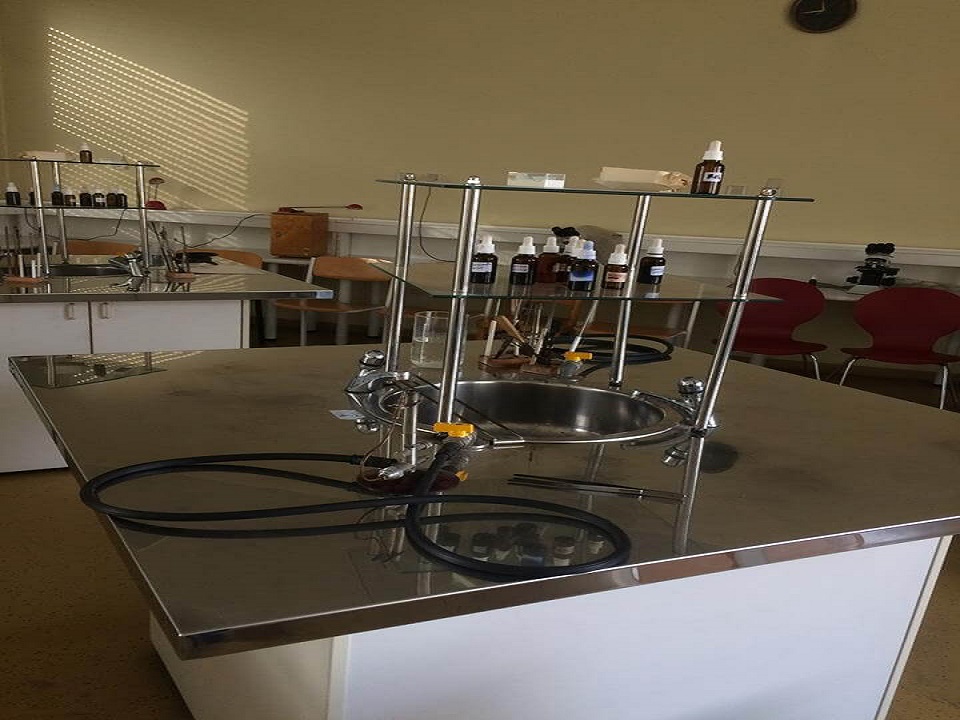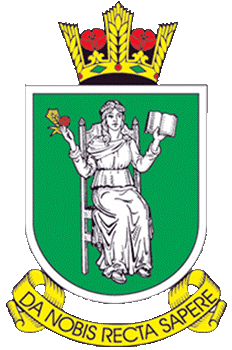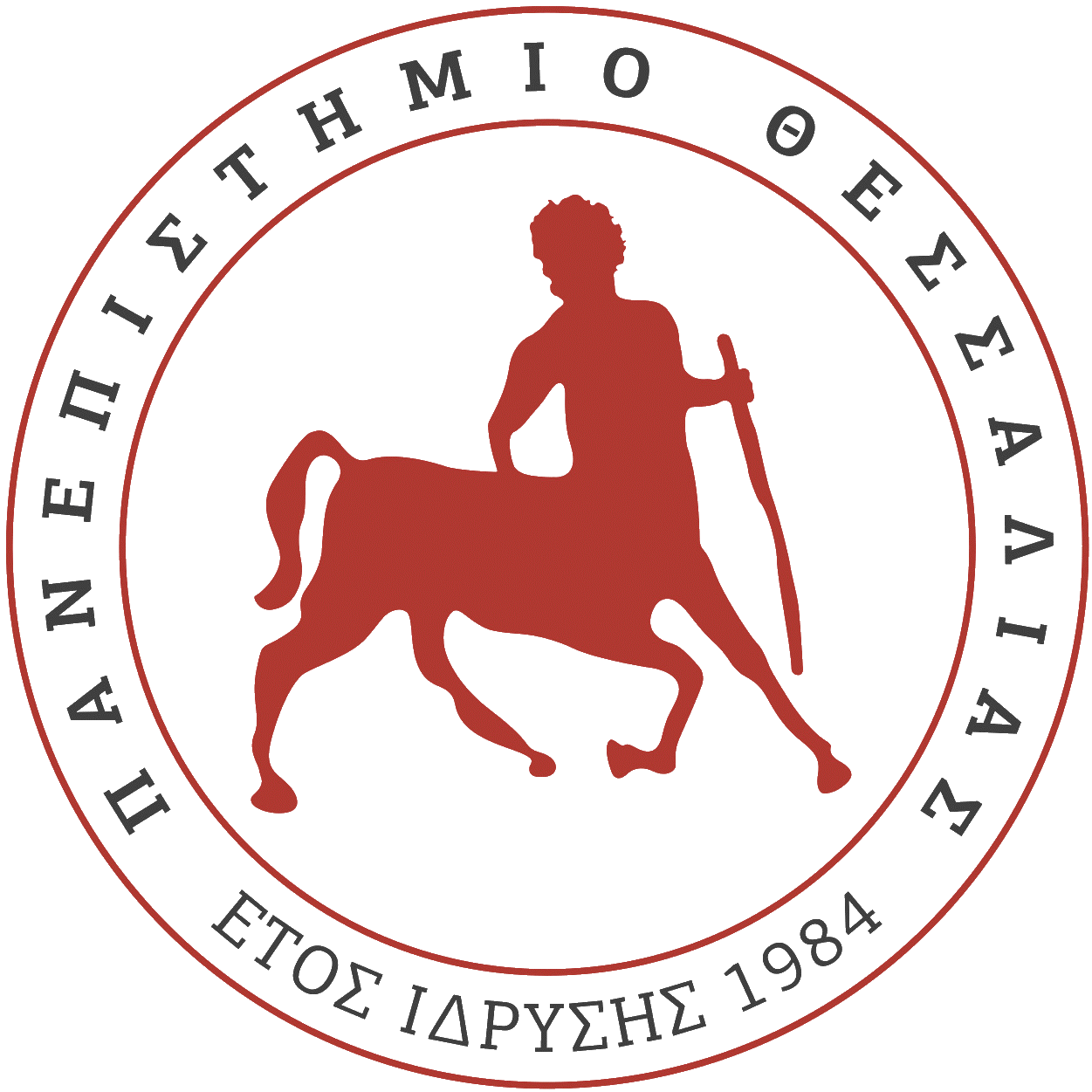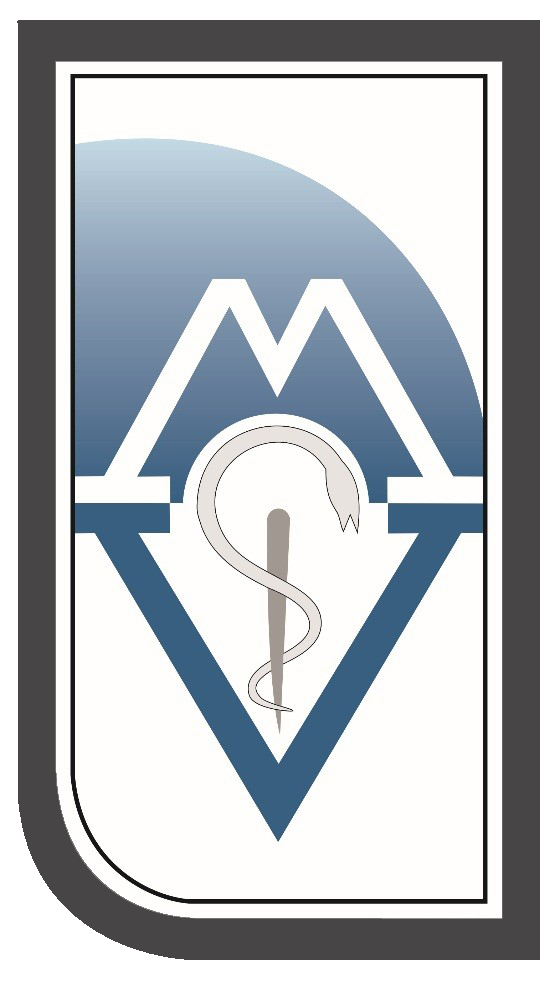The aim of this first objective was to demonstrate the advantage of modified Ovsynch protocol, combined with artificial insemination of goats on fixed time, compared to other methods used to control fertility of this species.
Activities
-

Corsica
-
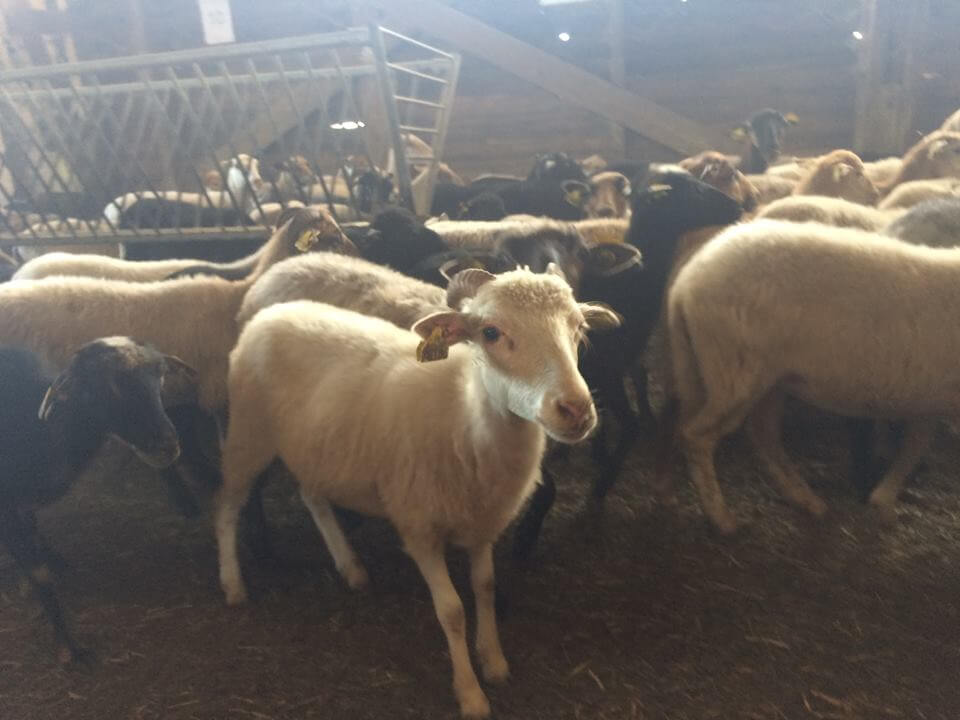
Corsica
-
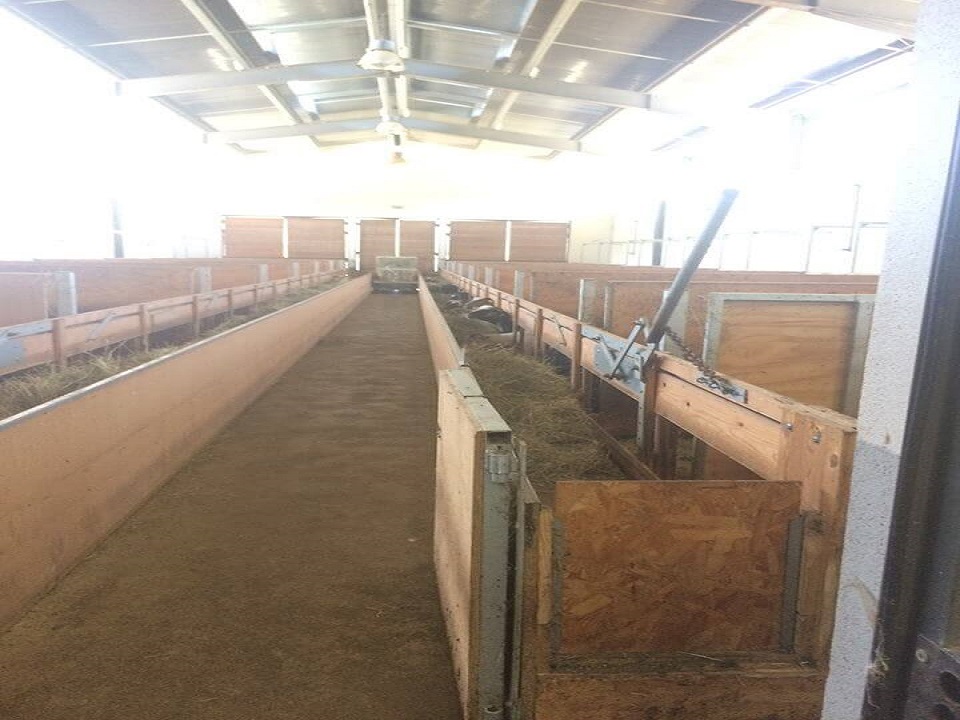
Corsica
-
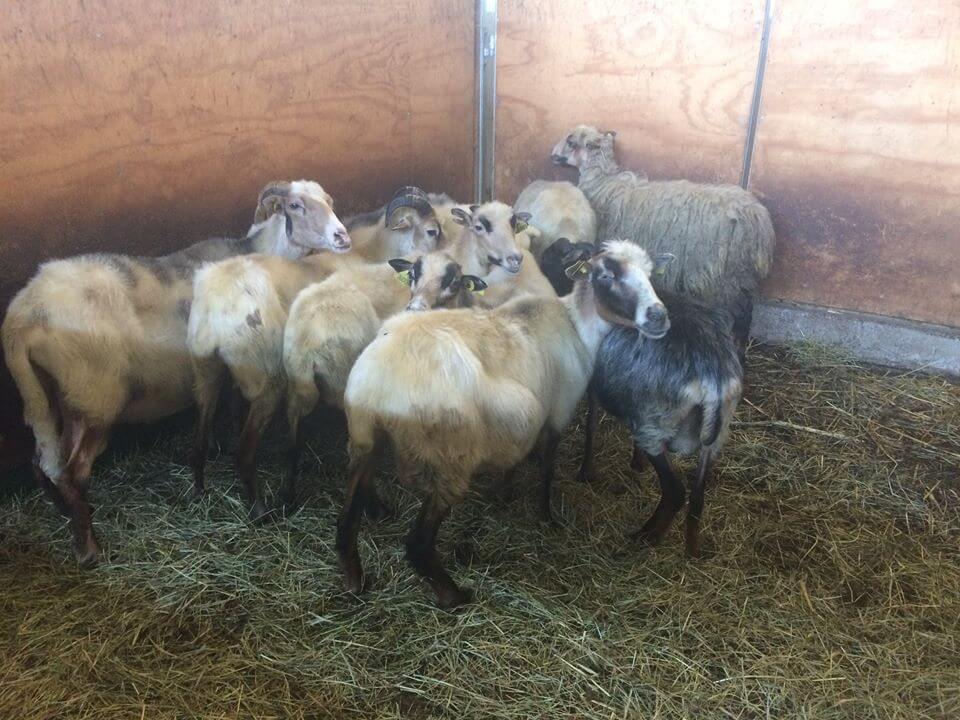
Corsica
-

Corsica
-

Corsica
-

Corsica
-

Corsica
-

Corsica
-

Corsica
-

Corsica
-

Corsica
-

Corsica
-

Corsica
-

Corsica
-

Corsica
-

Corsica
-

Corsica
-
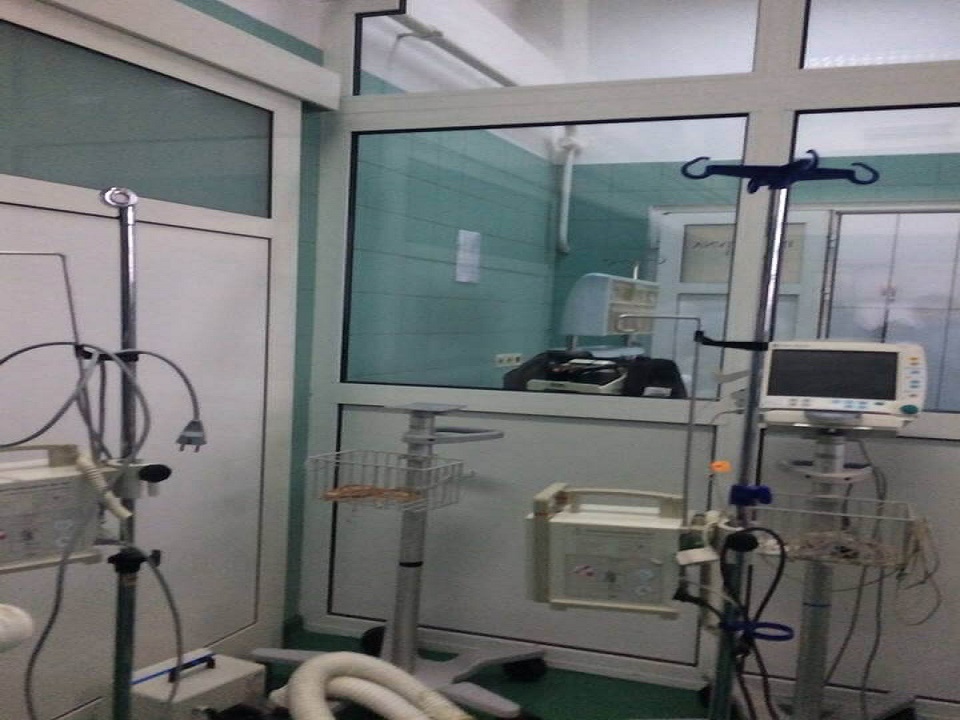
Croatia
-
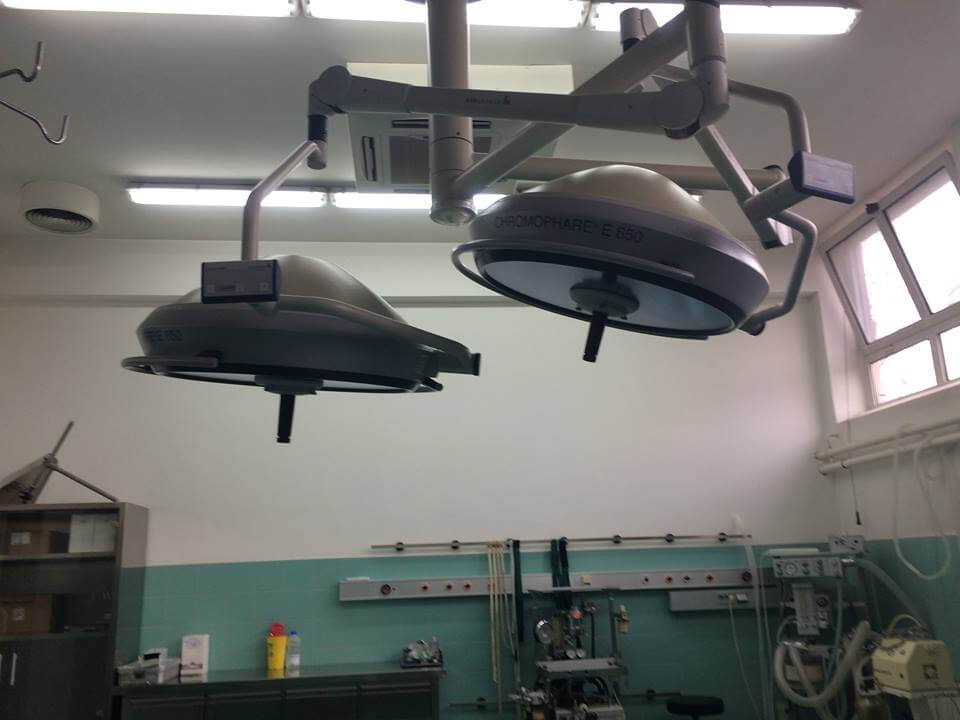
Croatia
-

Croatia
-

Croatia
-

Croatia
-

Croatia
-

Croatia
-

Croatia
-

Croatia
-

Croatia
-

Croatia
-

Croatia
-

Croatia
-

Croatia
-

Croatia
-

Croatia
-
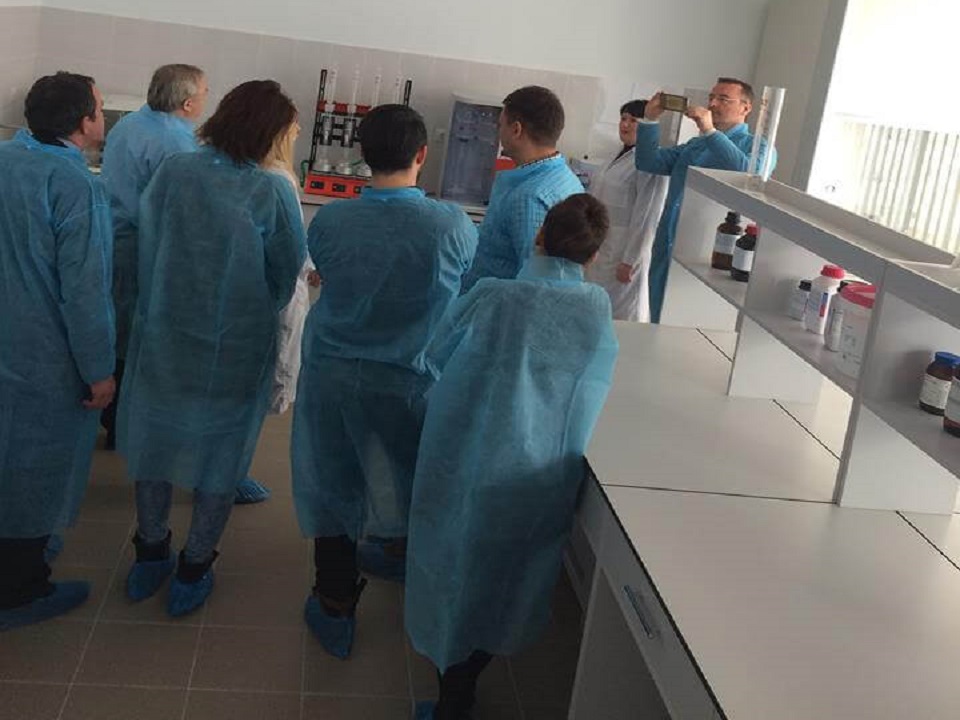
Republic of Moldova
-
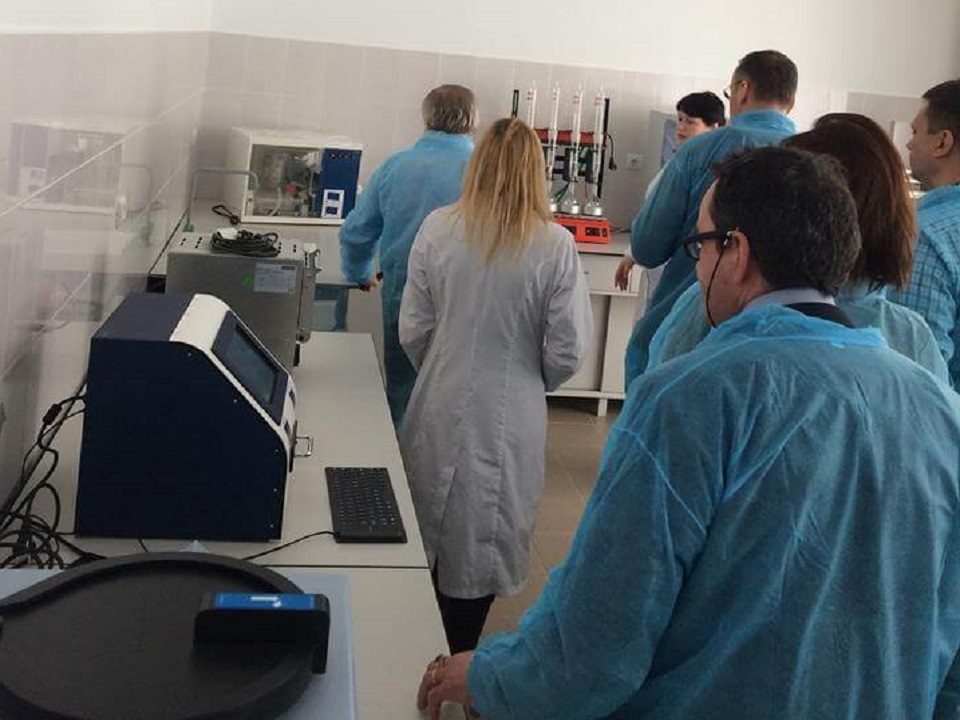
Republic of Moldova
-
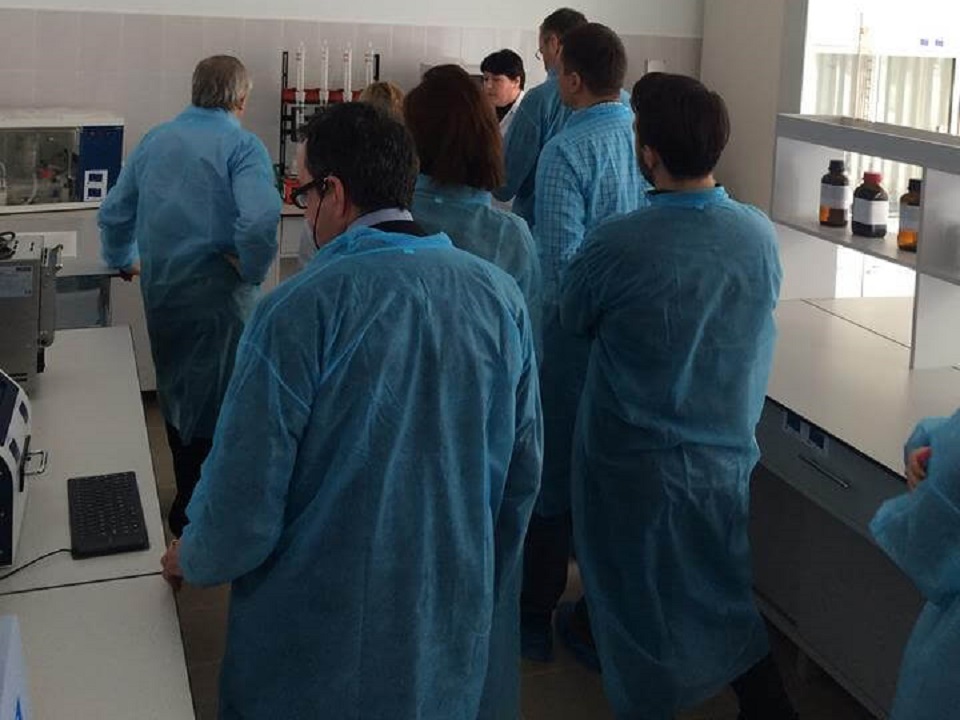
Republic of Moldova
-
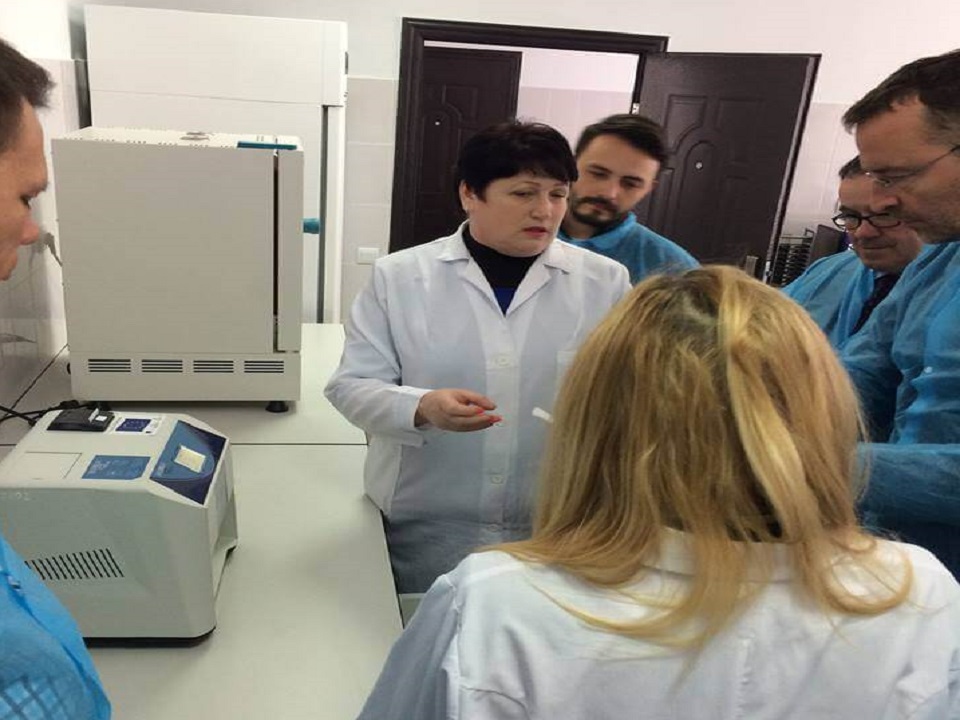
Republic of Moldova
-
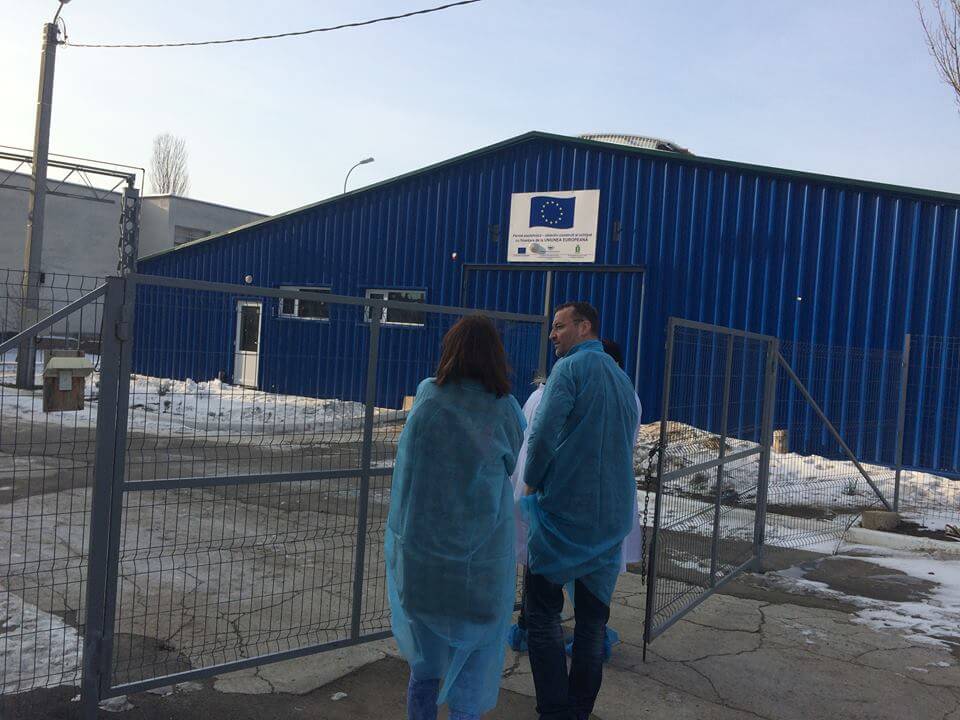
Republic of Moldova
-

Republic of Moldova
-

Republic of Moldova
-

Republic of Moldova
-

Republic of Moldova
-

Republic of Moldova
-

Republic of Moldova
-

Republic of Moldova
